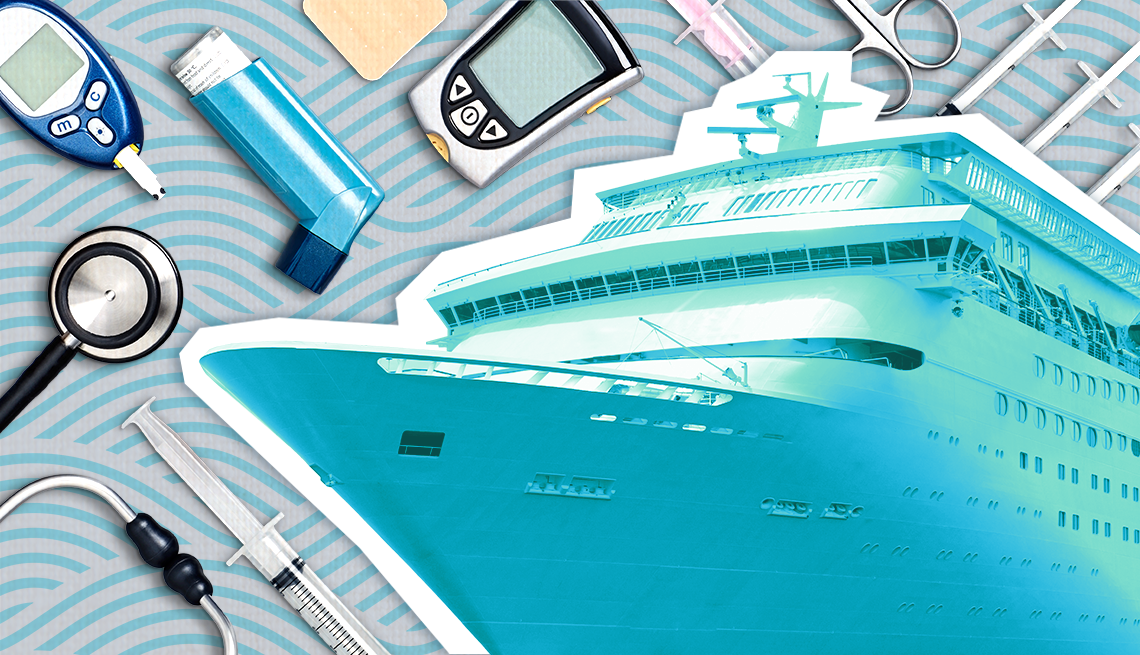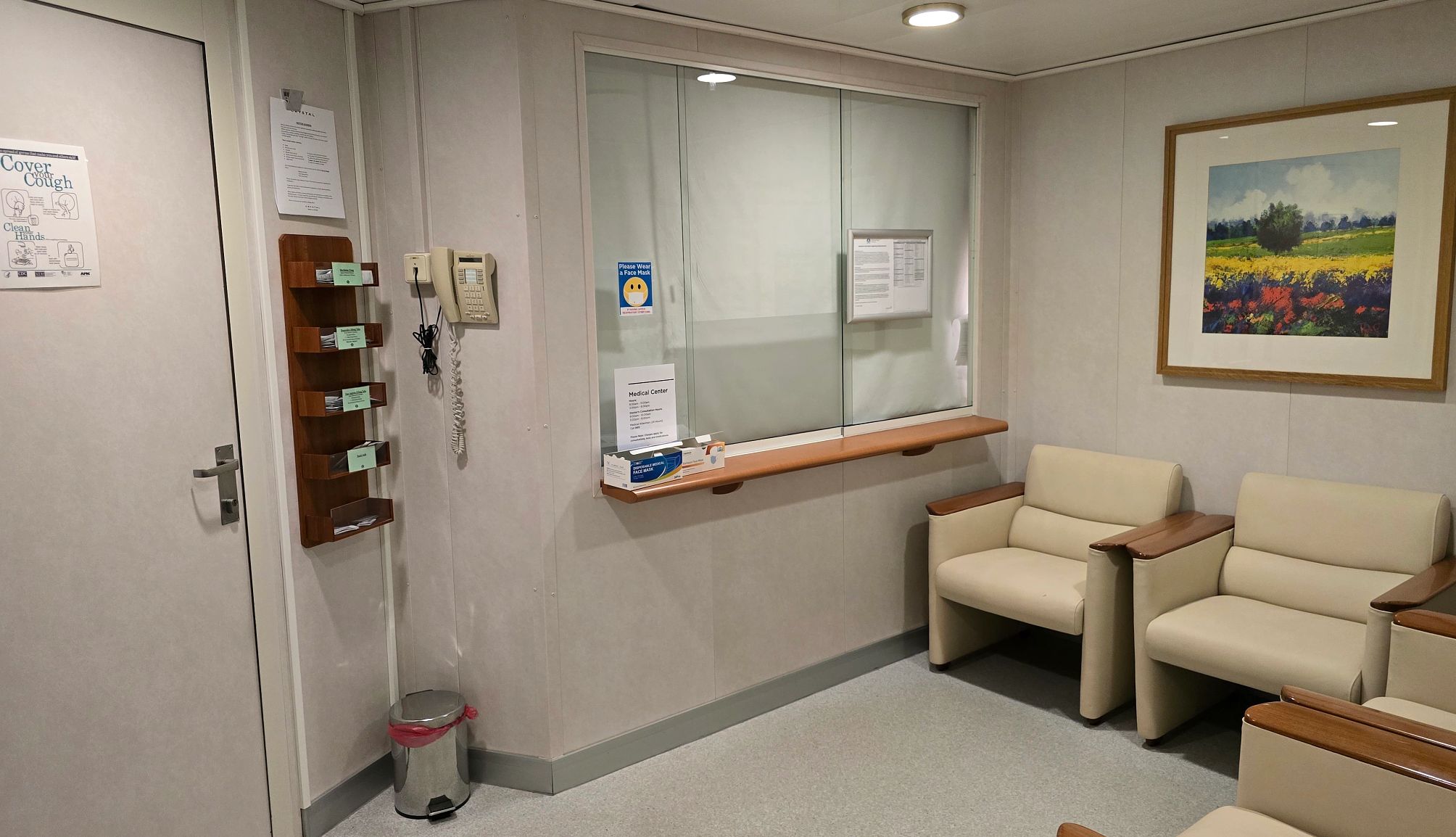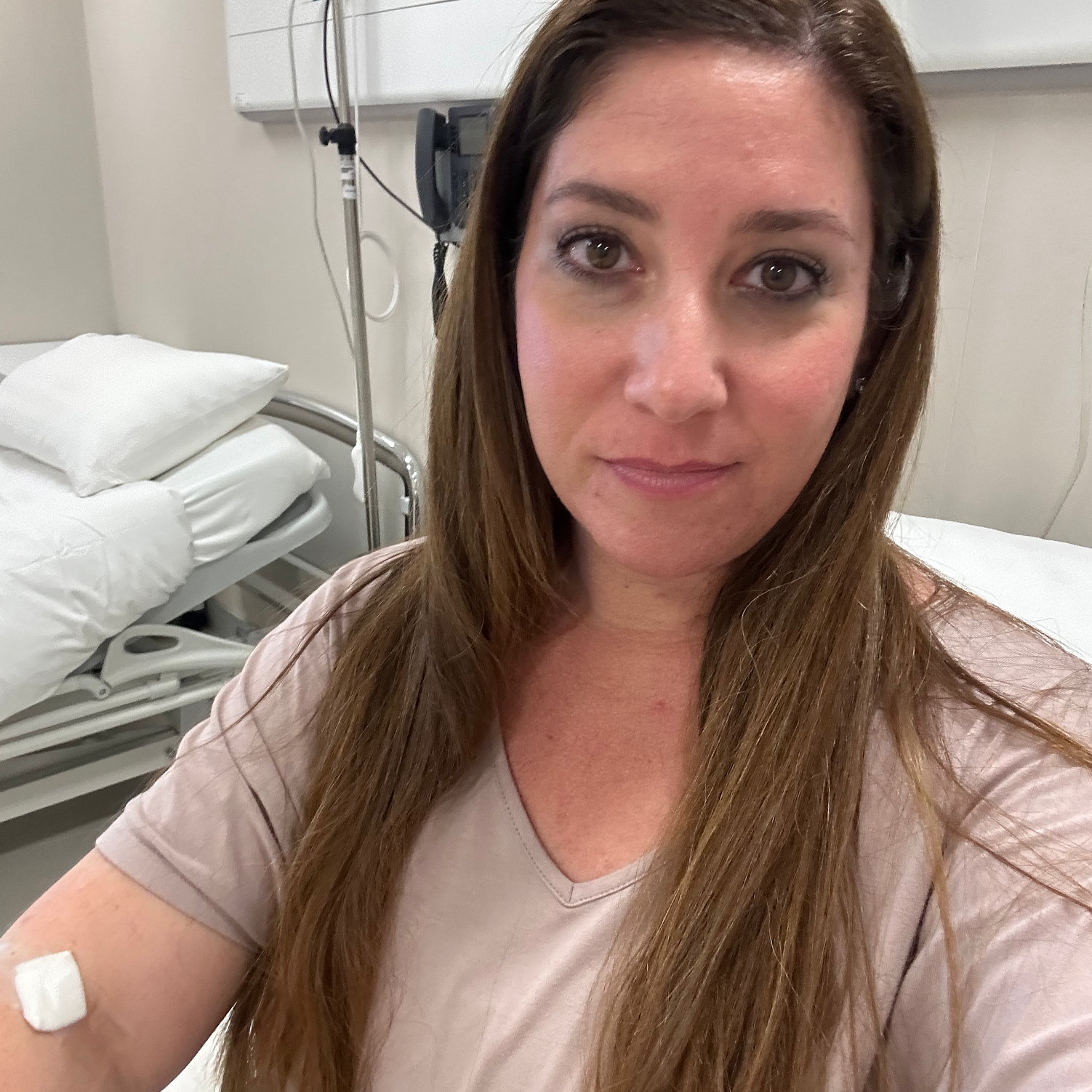AARP Hearing Center


As I limped on board a cruise ship after a flight from Phoenix to Barcelona, Spain, my heart began to race: This was exactly how my left calf felt when I’d had a blood clot. Sure, that was nine years ago, but it’s not a sensation I’d ever forget.
I was dumbfounded, as I’d taken all the proper precautions my hematologist and vascular surgeon insisted on before each of my frequent long-haul flights: I took my blood thinner, wore medical-grade compression socks, drank plenty of water and got up to walk and do calf raises every hour or two in flight. How could this be happening again? And right before two back-to-back cruises around Spain, Italy, France and Malta that my dad and I had been looking forward to for months.
Yet there I was on embarkation day, terrified I could die of deep vein thrombosis in the middle of the Mediterranean Sea because I wouldn’t be able to receive proper medical attention. As soon as we put our belongings in our cabin, I looked at my dad and said, “I have to go find the ship doctor and see what they say — before the ship leaves port in a few hours. I may have to disembark and go to a hospital.”


Visiting a megaship’s medical center
Off we went, down to a lower deck to the medical facility. I walked in and explained to the person at the desk that I suspected I had a DVT and asked what diagnostic capabilities they had on board. Over the course of the next 90 minutes, a nurse did a thorough intake, took my blood and performed an ultrasound.
Soon, I saw a doctor who was able to definitively rule out a blood clot. The diagnosis? A pulled muscle from running through the Philadelphia airport to catch a tight connection — she said that the symptoms between that and a DVT are so similar (pain and tenderness in the leg, leg swelling, muscle spasms) that it’s a good thing I double-checked given my history. An onboard massage worked out my calf muscle and two days later I was able to join my preplanned excursions (the ones I missed were refunded by the cruise line since the medical team knew I couldn’t participate in them).


I was surprised and impressed by the advanced equipment they had on board, and asked if that was common on cruise ships. The doctor explained that it was on many cruise lines, since they not only have to treat passengers, but the crew as well. In fact, 50 percent of passengers are older than 50, according to the “Cruise Lines International Association 2023 Global Passenger Report.” And, according to National Council on Aging research, nearly 95 percent of adults 60 and older have at least one chronic condition, while nearly 80 percent have two or more. It stands to reason that the medical capabilities would be robust.
But the MSC World Europa is a megaship that can carry up to 6,762 passengers on board — would travelers on smaller ships have the same luck if they needed medical care?




































































You Might Also Like
I Love Train Travel, and These Trips Are on My Bucket List
These five trains carry you straight to national parks
What You Need to Know When You Leave a Cruise Ship
Things to keep in mind so you’re not left behind when you disembark at ports of call
How to Pick the Right Cruise for You
Choose based on ship size, itineraries and who you'd like to vacation with
Recommended for You